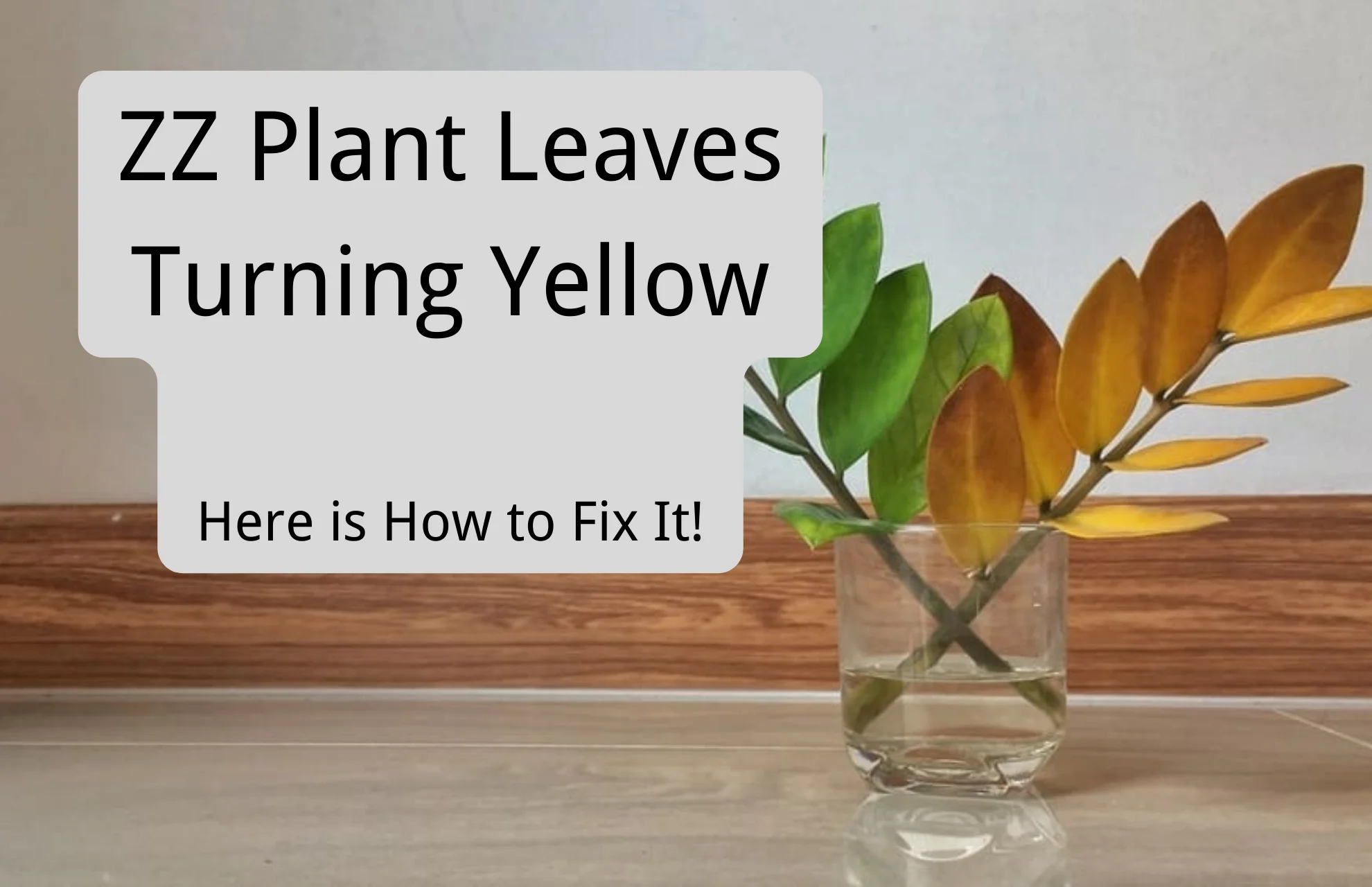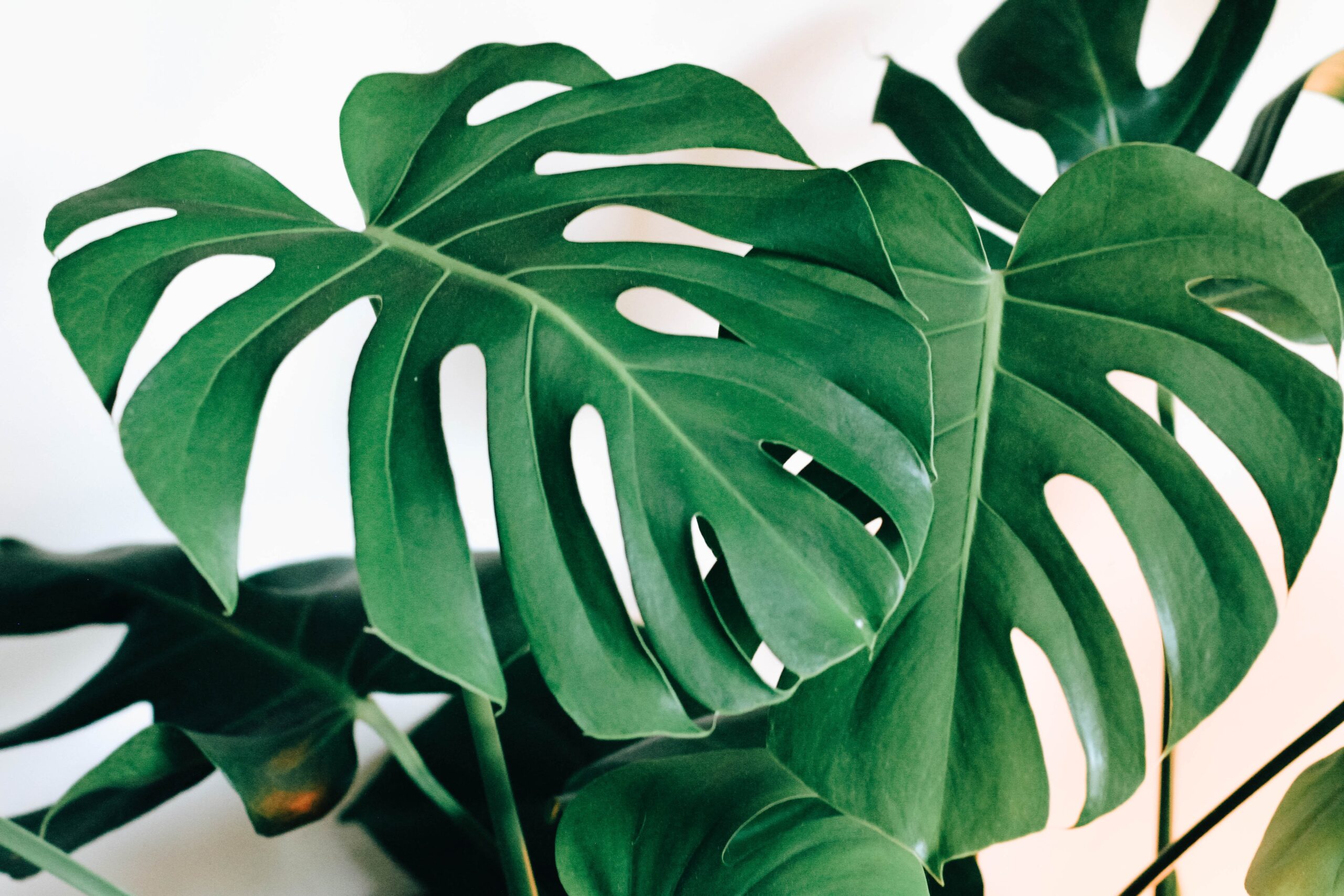There are several reasons why the leaves on your ZZ Plant could be turning yellow. We should look into this and find out what’s going on!
Why does my ZZ plant have yellow leaves? The main cause of yellowing leaves in ZZ plants is overwatering, which results in root rot. Yellowing leaves can occasionally be caused by temperature extremes, inadequate light, or fertilizing problems, but they can also be a sign of underwatering or, less frequently, by other factors.
When caught in its early stages, ZZ plant yellow leaves can be easily treated. You should be aware of the following.
Reasons ZZ Plants Get Yellow Leaves
ZZ plants are a well-liked option for people who don’t have a lot of time to devote to plant care because they are relatively hardy indoor plants. One of the many reasons ZZ plants are so hardy is that they are regarded as drought-resistant.
Below are possible reasons why your ZZ plant leaves might be yellowing and what you can do about it.
Improper Light
In low to medium light, a ZZ Plant thrives. The leaves will burn and turn yellow if they are left in the sun for too long. Don’t be afraid to put the ZZ Plant in a dark corner; it might be exactly what it needs. The ZZ Plant can adapt to very low-light areas.
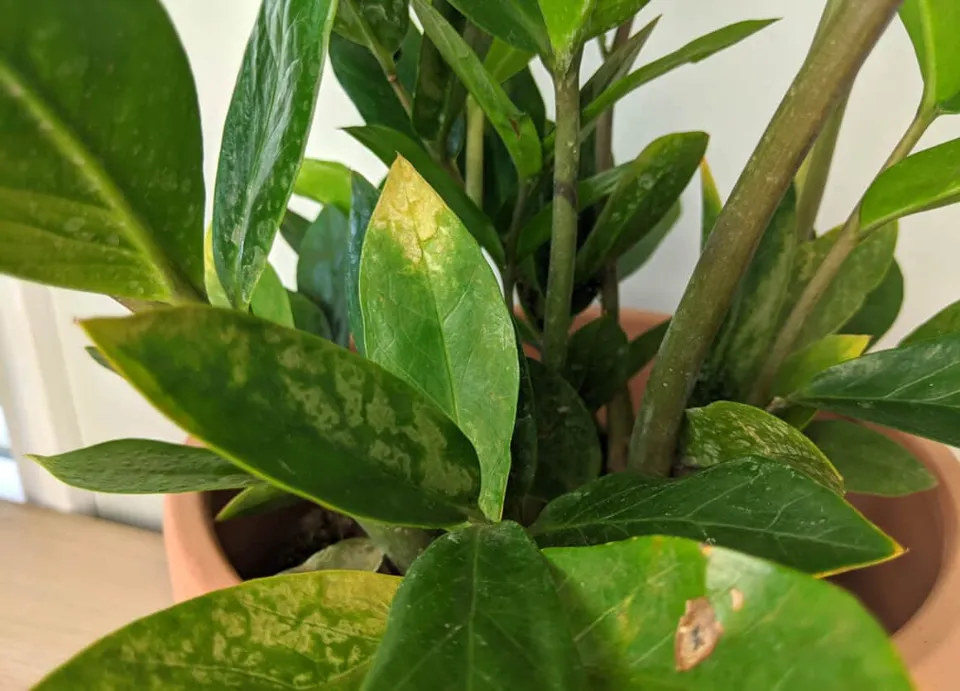
Moisture
When caring for a ZZ Plant, it’s crucial to provide the right amount of soil moisture (or lack thereof). Among ZZ Plants, overwatering is the main reason why leaves start to yellow. ZZ Plants basically survive off of neglect; they don’t require much water. When the soil is completely dry, only water.
Water until water flows freely from the drainage hole at the bottom of the pot. Make sure to throw away any extra water that spills into the saucer. Your ZZ Plant doesn’t like “wet feet,” as this can lead to root rot and eventual death of your ZZ.
Here are other guides to ZZ plants:
- Is The ZZ Plant Poisonous for Cats, Dogs or Other Pets?
- Can ZZ Plants Be Outside?
- How To Propagate ZZ Plants?
Your Watering Consistency
Stress can be produced and your ZZ’s leaves may turn yellow if the soil alternates between being bone dry and wet from improper watering.
Pests
Weakened or stressed ZZ Plants become more susceptible to insect infestations. Sap-sucking bugs like spider mites can drain your plant of moisture. Leaflets and fronds start to yellow, which is a problem that shows up quickly. Scale, mealybugs, and spider mites are common indoor pests.
These tiny pests multiply and spread throughout leaves, fronds, and crevices if they are not eradicated quickly. In particular, if your ZZ is already unwell due to nutrient deficiency or improper soil moisture, the insects’ piercing mouths exhaust your plant and hasten to yellow.
How to Treat ZZ Plants With Yellow Leaves?
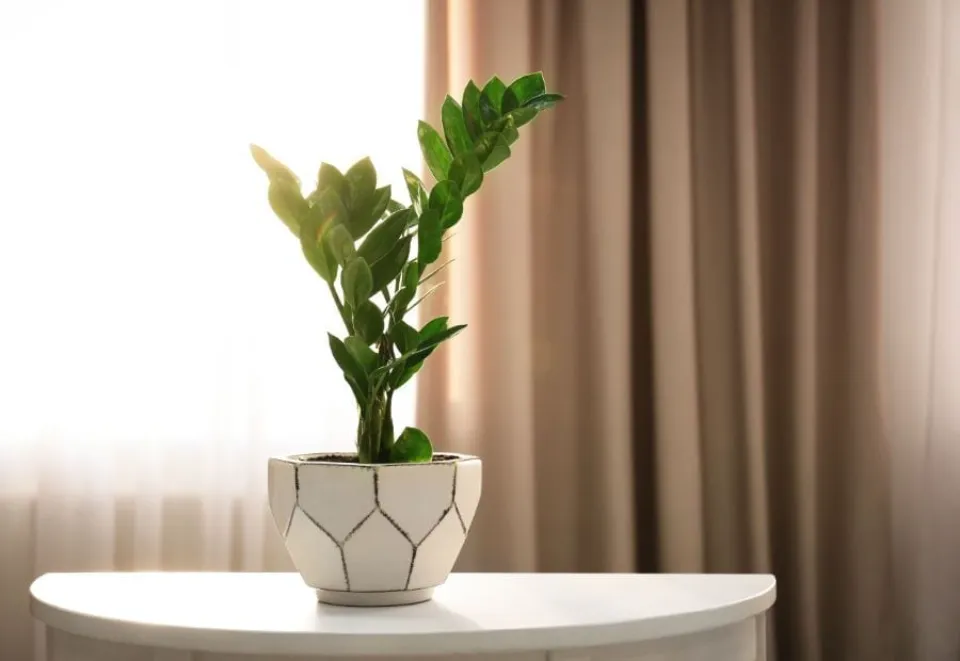
What to do if root rot has already begun to spread? We’ve already discussed this. But what about the rest of the plant? You should also take care of any stem discoloration and yellowing leaves. If overwatering has been the issue, take the ZZ plant out of its pot right away to save it from the soil situation. Follow these tips to correctly treat your ZZ plant:
- The affected areas should be removed. Start by removing the yellow leaves from the branches. You might need to leave some leaves on if everyone is yellow. For photosynthesis, the plant needs some leaves.
- Check the plant’s stems for contamination. Cut off any yellow stems right where they emerge at the tuber if you notice any stems. Once recovery has begun, the plant should grow again in a healthy manner.
When your ZZ plant begins to exhibit sickly symptoms, it’s critical to take quick action. Spend some time looking into the potential underlying causes as soon as you notice yellow leaves. If you can determine the cause of the color change in the leaves, you can devise a treatment strategy that is effective for your particular plant.
What a ZZ Plant Needs to Be Happy?
There are 3 main variables that your ZZ plant needs to be healthy and happy. There is adequate light, the right amount of water, and moderate temperatures here.
Thick waxy leaves with a firm texture and water content are characteristics of a flourishing ZZ plant. Something is wrong when leaves start to yellow and develop dry tips. Your ZZ plant needs the following:
Light
ZZ plants need plenty of bright indirect light. Direct sunlight doesn’t suit them well. The leaves of your ZZ plant will begin to burn if you leave it in the hot sun. A room with lots of natural light is best for the plant.
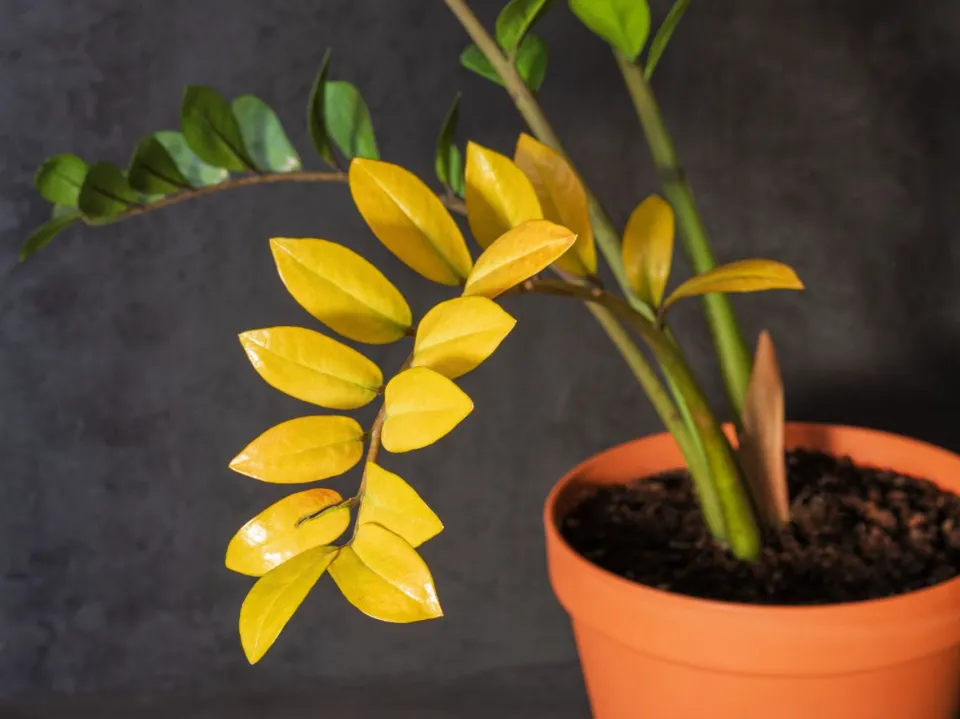
Water
Too much or too little water can be detrimental to the ZZ plant. The timing and amount must be just right. In contrast to watering on a strict schedule, you should water the plant after evaluating the soil’s dryness and the plant’s health.
Temperature
Temperatures between 70°F and 90°F are ideal for ZZ plants. These plants can withstand slightly lower temperatures of up to 50°F. If it gets colder, the plant will start to suffer.
Conclusion: ZZ Plant Leaves Turning Yellow
If the leaves of a ZZ plant turn yellow, then attention is required. The leaves will wilt and fall off after turning yellow. In most instances, there is simply too much water present, which is the cause. The Zamioculcas is prone to waterlogging and root rot. More severe cases even result in the stems bending just above the soil’s surface.
If you want a lovely, low-maintenance house plant, a ZZ plant is a wonderful addition. Yellowing leaves on your plant are most likely a result of insufficient watering. Hopefully, you will need to adjust your watering schedule so that your beloved ZZ plant will recover its health.
FAQs
Should I Remove Yellow Leaves from ZZ Plant?
Remove the ZZ plant with yellowing leaves from its pot to rescue it. Usually, excessive water causes the rhizomes that store water and food to rot from fungal development, which results in discoloration. This so-called “eternal plant” will die from overwatering.
Will Yellow ZZ Leaves Turn Green Again?
A yellow leaf on a house plant is unlikely to turn green again UNLESS the yellowing is caused by a nutritional deficiency, which if rectified, could cause the green color to return.
How Do You Tell If ZZ Plant is Overwatered?
Overwatering results in mushy brown stalks and yellowing of the leaves. Overwatering may also be indicated by dropping leaves. Put off watering and prune your plant. Once the soil is completely dry all the way through the pot then your plant is ready for a drink.

